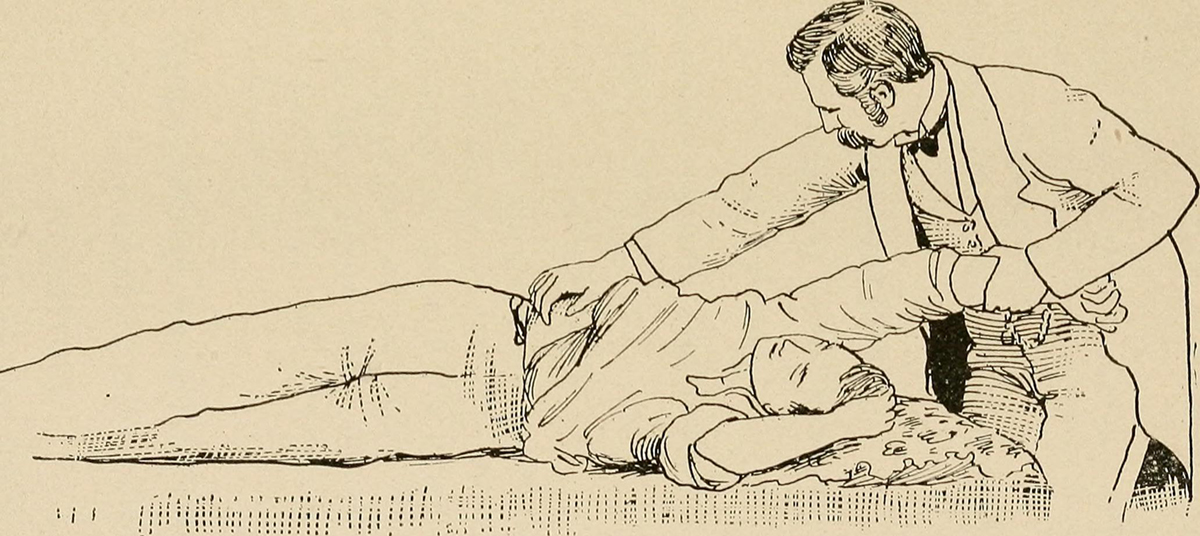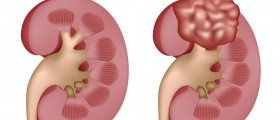
Enlargement of the liver is the condition known as hepatomegaly that may develop due to infections, metabolic disorder, liver tumor or medication toxicity. Splenomegaly, on the other hand, is the condition featured by enlarged spleen caused by illnesses that induce destruction of red blood cells in the spleen. Sometimes, enlargement of both the liver and the spleen may simultaneously occur. This condition is known as hepatosplenomegaly.
Causes of Enlarged Liver and Spleen
Enlarged liver and spleen, or hepatosplenomegaly actually represents a symptom instead of a disorder. Many disorders and diseases can be manifested by enlargement of the liver and spleen. In most cases, hepatosplenomegaly results out of diseases that cause damage to the liver, kidneys or red blood cells.
Several illnesses are commonly responsible for enlarged liver and spleen. This includes viral infection of the liver such as chronic hepatitis C that causes cirrhosis of the liver. It mostly occurs due to heavy alcohol drinking.
Bacterial infection known as typhoid fever that can be contracted through contaminated water is also associated with enlarged liver and spleen.
Infection of the liver and kidneys, infectious mononucleosis, cytomegalovirus, malaria, leukemia and hemolitic uremic syndrome can be also responsible for hepatosplenomegaly.
Cancers such as non-Hodgkin’s lymphoma, neuroblastoma and others can cause enlargement of spleen and liver that continues as cancer progresses. This can cause severe pain in affected person.
Hepatosplenomegaly can also be a feature of genetic disorders like sickle cell anemia. In children, enlarged liver and spleen are most frequently caused by Gaucher’s disease, known as Type 3.
Diagnosis and Treatment of Enlarged Liver and SpleenSince enlarged liver and spleen can be due to numerous disorders, it is quite challenging to diagnose hepatosplenomegaly. Still, there are several symptoms of the condition that can help to identify it such as difficulty in eating large meals and/or moderate to severe stomach pain.
Various diagnostic tests can help in confirming hepatosplenomegaly such as X-rays, ultrasound imaging and biopsy of the liver. Also, during physical exam a doctor will palpate the spleen and the liver to determine weather the organs are enlarged.
Enlarged liver and spleen can be treated by treating the underlying cause of the condition. For example, cancer treatment is administered when hepatosplenomegaly is caused by cancer while the condition caused by typhoid fever is treated with antibiotics. Complications related to hepatosplenomegaly can be mainly caused by rupture of the spleen. This can result in severe hemorrhage and can even prove fatal. Thereby, enlarged spleen is the serious condition that requires prompt medical treatment. Sometimes, it requires surgical removal of the organ.

















Your thoughts on this
Loading...